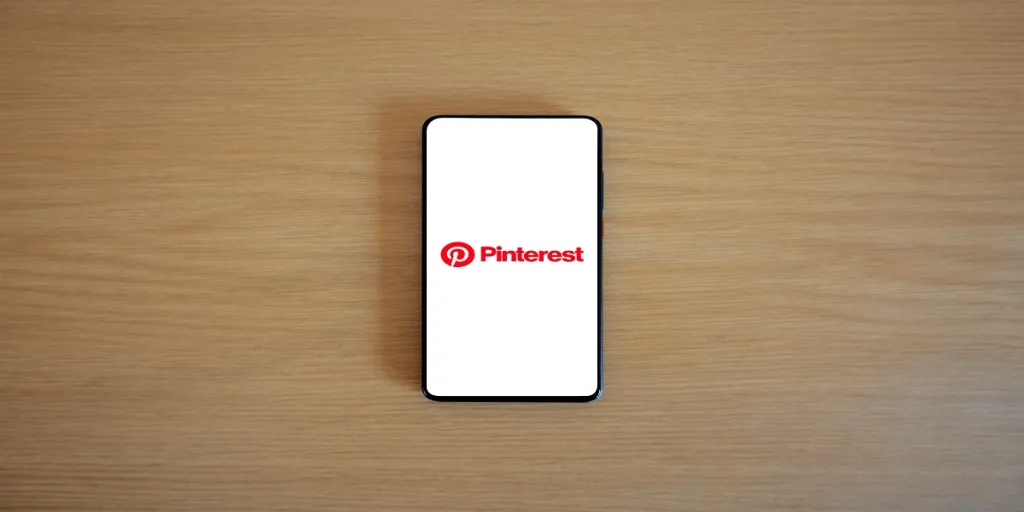Companies have discovered that enhancing their sales strategies can greatly influence the success of sales. Using storytelling in sales is one effective strategy that has attracted much attention with the rise of social media. This technique can establish emotional ties and trust with clients by telling realistic stories related to them.
Integration of storytelling techniques in sales can help a business gain a competitive advantage and boost revenue by offering a distinctive and memorable positive consumer experience. The worth of a product or service may also be communicated through storytelling more uniquely and engagingly than through just listing features and benefits.
This article will offer an overview of storytelling in sales techniques and eight actionable strategies to help you improve your sales today!
Table of Contents
Overview of storytelling in sales
The concept of storytelling in sales as a powerful tool
8 storytelling techniques to boost your sales
Conclusion
Overview of storytelling in sales
The global market has witnessed significant growth over time. This is ascribed to advancements in sales strategies and techniques, while some sales techniques have accelerated the development of the e-commerce industry.
According to technavio, there is an expected market share increase in digital storytelling from 2021 to 2026 by USD 185.5 million. The market’s growth speed will accelerate at a compound annual growth rate (CAGR) of 8.62%. According to Go Globe, 75% of the people on Instagram tend to follow brand stories that they think are funny. While another 76% of consumers prefer when CEOs publicly discuss a subject they care about.
The concept of storytelling in sales as a powerful tool

As the name suggests, storytelling in sales technique is telling stories, but what does that mean? Typically stories are messages that are effectively communicated. Good stories are versatile; they can be described verbally, visually, or both. Great stories engage, enlighten, persuade, entertain, inspire, mobilize, and challenge the audience.
Good storytellers create memorable experiences. Salespeople can construct a realistic picture of how their product can solve a customer’s issues or improve their life by using storytelling rather than just stating the characteristics and benefits of a good or service.
8 storytelling techniques to boost your sales

1. Understand your audience
You must first understand your audience to tell a compelling story that resonates with them. Before crafting your story, taking the time to research your audience’s identity, concerns, and drives will ensure you successfully engage with them. The following advice will help you modify your story to appeal to your audience’s needs and tastes.
Research your audience: Before writing your story, research your audience. Think about their needs, interests, and demographics. You can then adapt your message to fit their particular circumstance, language, and culture to help them relate and connect deeply with your story.
Recognize your audience’s pain points: Consider the difficulties they encounter and the issues they attempt to resolve. People tend to soften and listen to stories they relate to. Once you understand their pain points, you can create a story using this information that addresses their issues and resolves them.
2. Choose stories that align with your product
The stories should be tailored to your target market’s demands and interests while highlighting your product’s distinctive characteristics.
For instance, if you are marketing a beauty supplement, you should present case studies of people who have benefited after taking the supplement. This will make it easier for prospective buyers to understand the advantages of your product and how it can enhance their beauty.
Similarly, give examples of how your service has aided firms in enhancing their operations and boosting earnings if you are marketing a service, like consulting services. This will benefit your prospective customers.
3. Begin with a hook
Did you know it is difficult to catch the audience’s attention at the story’s beginning? If the audience is not interested at the start of the sales pitch, they are less likely to remain interested throughout. As a result, start with a hook to catch the audience’s attention and make your story memorable.
A strong theme at the beginning of your sales pitch can also establish an emotional bond with the audience, increasing their openness to the rest of the narrative. You can begin with a hook by asking a provocative question, offering startling statistics or information, sharing a personal experience, or utilizing descriptive language.
These can all be effective ways to develop a hook. For example, when selling a fitness product, to capture the audience’s attention and create a strong hook at the beginning of your sales pitch, you could start with a provocative question like:
“Have you ever wondered what it would feel like to effortlessly shed those extra pounds, boost your energy levels, and transform your body in just 30 days?” This strategy grabs attention and will keep your audience hooked to discover more.
4. Use the story as a vehicle to convey the sales pitch
A persuasive strategy to captivate and persuade your audience is to narrate a tale while making a sales pitch. The story must be memorable, relatable, and engaging to properly outline the advantages of your products or services and influence the audience to purchase.
And it’s not just stating the advantages of your product or service; utilize the narrative to emphasize the benefits and how they can improve your clients’ lives. By employing this technique, you may effectively use storytelling to enhance your sales pitch and give your audience a memorable and persuading experience.
5. Incorporate emotions
Emotions allow the listener to connect with the storyteller personally; personal stories are a powerful approach to communicating emotions. You might elicit an emotional response from your audience by sharing a unique experience and your choice of words.
Words can arouse feelings. Using emotional language can evoke intense feelings in your audience. The more emotions are appealed to, the keener the audience gets and the easier it gets to pitch your sale.
Authenticity in your storytelling is crucial for building trust and credibility with your audience. Don’t be scared to express vulnerability, and be upfront and honest. Your story will become more relatable and exciting to your audience due to its authenticity.
On top of this, using sensory language can give your audience the impression that they are experiencing the story firsthand.
Here is an illustration of how to incorporate emotions when storytelling:
My kitchen was a mess on a stormy Sunday evening. With friends coming over for dinner, I was overwhelmed. My trusted food processor, a silent hero standing by to save me, came into view at that point. I must admit that I was anxious while using the food processor for the first time. I wasn’t the best cook since I was afraid to make mistakes. But since I knew my friends would enjoy it, I decided to take a chance and embrace my vulnerability. The smell of garlic and onion being peeled made my mouth swim. After I added the ingredients, the food processor roared to life with a click, making them smooth puree. To my ears, the sound and hum seemed like music. I felt relief, joy, and success as the food processor did its magic.It brought up memories of previous hardships and the ability of this equipment to completely alter my culinary experience.
6. Show, don’t tell.
There needs to be more than just mentioning a product or service’s qualities or advantages when persuading clients to purchase it. Customers must witness the value in use.
For instance, rather than just asserting the strength of a food processor, you may show the strength by processing complex grains like black beans, nuts, and vegetables. This demonstrates to the client what the product is capable of and why they need it.
7. Engage the audience
Creating a conflict or challenge can help the salesperson to build tension and keep the audience interested. You can convince the audience of the worth of your product or service by identifying an issue or challenge that it can resolve. Presenting information about a good or service isn’t enough. You must also grab and retain the audience’s interest throughout the story.
Have you ever had a sense of relief when everything comes together? That’s how I felt when the food processor smoothly pureed components. It was a triumphant moment for all home cooks, not just mine.
8. Follow up with a call to action
Once you convey your story, concluding with a clear call to action is essential. Remember, the goal is to pitch a sale. Make the call to action in the specific direction you want the customers to take. This can be completing a purchase, booking a demo, or subscribing.
To ensure the call to action is successful, be clear and precise so they understand what you are asking them to do. Create a sense of urgency, e.g., a limited offer. Your call to action should be relevant to the narrative you just presented and the commodity or service you are trying to sell.
Conclusion
Storytelling can increase sales and significantly improve customer engagement. Businesses can better convey a product’s unique selling points by understanding that their audience is likelier to choose products that offer stories that align with their needs.
Businesses can therefore focus on the following: use stories as a vehicle to convey a sales pitch, begin storytelling with a hook, have authentic stories, and create emotional connections. Those that follow up with a call to action can make the audience more receptive to the sales pitch. Additionally, storytelling can help establish trust and credibility with potential customers, leading to long-term customer loyalty and increased revenue.








